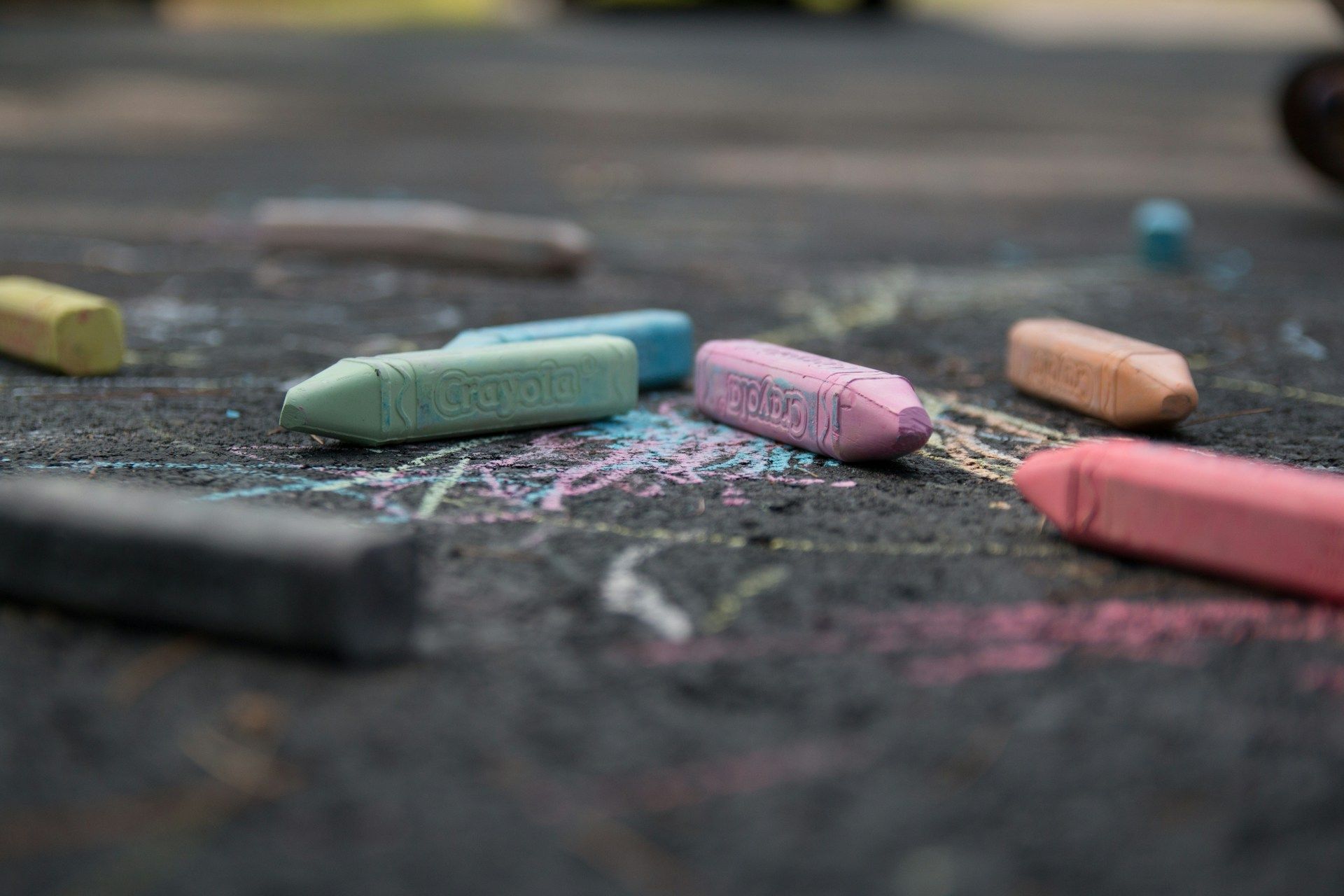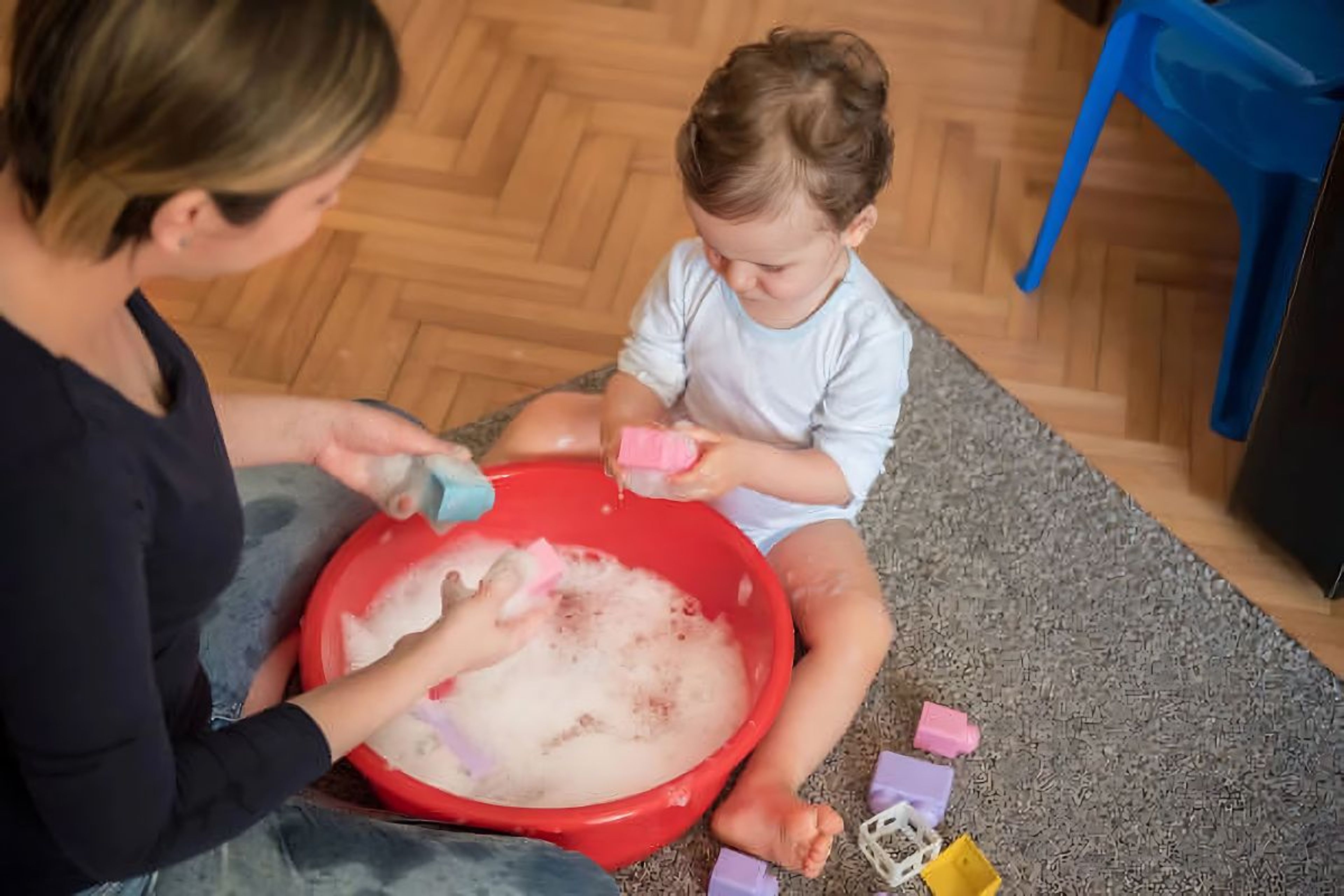From Scribbles to Skills: The Role of Art in Early Childhood Education

While doodles and drawings may seem like mere child's play, art has a substantial role in early childhood education.
Incorporating art activities into your young child's everyday routine helps develop essential cognitive, physical, and emotional skills, setting the foundation for a well-rounded individual.
In this post, we will explore the significance of scribbles, the relationship between art and education, and the developmental advantages of nurturing creativity in children during their formative years.
Why Are Scribbles Important in Early Childhood Development?
Scribbles play a crucial role in children's development, as they are the primary form of self-expression before spoken language.
When children make marks on paper, they are not just playing; they are communicating and illustrating their emotions, enabling an understanding of their world.
Scribbling helps children develop motor skills and hand-eye coordination, which can lead to enhanced creativity.
Cognitive Development Through Scribbles
As children's scribbles evolve from random, uncontrolled marks to more deliberate shapes and lines, they develop critical cognitive, physical, and emotional abilities.
Among these abilities is the understanding of cause and effect, as they grasp the fact that every action (like a stroke of a crayon across a page) can have a result.
Emotional Expression Through Scribbles
Scribbling also allows children to express their emotions, thus promoting emotional growth and self-awareness.
Behind every drawn line or color selection, there's an emotional motive; it develops a self-expression that words sometimes cannot articulate.
Physical Benefits of Scribbles
Holding a crayon or paintbrush, controlling it to make certain shapes, and experimenting with pressure can help children develop fine motor skills and muscular endurance.
These are fundamental for future activities like writing, crafting, and other pursuits that require hand-eye coordination.
How Does Art Improve the Education of Young Minds?
Art, by nature, encourages exploration, experimentation, and understanding of the world.
In art, children can combine different compositions and forms to make something uniquely theirs, thus instilling a sense of accomplishment.
Art and Education: A Complementary Relationship
Art Enhancing Core Subject Learning
The elements of art, such as color, texture, and shape, translate into core subjects like math, science, and language arts.
Counting crayons can introduce the concept of numbers, sorting them can develop categorization skills, and identifying hues can build vocabulary.
Art Cultivating Soft Skills
Art cultivates soft skills such as communication, teamwork, and problem-solving.
In group activities, kids collaborate, share insights, and respect others' expressions, bolstering their interpersonal skills.
What Are the Developmental Benefits of Art in Early Childhood?
There's more to art than creating eye-pleasing pieces. Art is a fun, simple, and effective way to enrich your child's development, setting the foundation for better learning adaptability and emotional well-being.
Long-term Cognitive Advantages
Cognitive abilities like memory, attention span, and problem-solving are significantly improved through art.
Children learn to focus, remember the techniques they use, and come up with new ideas to further their creations.
Emotional Well-being
Art activities provide emotional benefits by offering an outlet for self-expression. Creating art can be therapeutic for children, as it allows them to pour their feelings onto paper and find their inner peace.
Building Confidence
Art is an excellent confidence booster. When children create their unique pieces, and make decisions about what tools or colors to use, or how to draw a specific shape, they are building self-confidence and independence.
Conclusion
In conclusion, art plays a pivotal role in early childhood education, contributing significantly to a child's overall development. Furthermore, they foster essential life skills that equip children for future academic, personal, and career success. So, the next time your child scribbles, paints, or creates, encourage them, for it's through these humble beginnings that infinite potential blooms.




